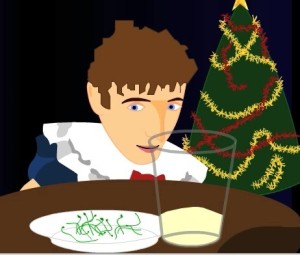During the summer of 2013, an increase of Salmonella enterica ssp. enterica serovar Szentes isolates from human clinical cases was registered by the Swiss National Centre for enteropathogenic bacteria and Listeria.
 In the course of the ensuing 9 months, 18 isolates originating from 13 patients and from one food sample were collected. Of the 13 human cases, 10 (77%) were female. The patients’ ages ranged from 27 to 83 years (median age 49 years). Pulsed-field gel electrophoresis (PFGE) performed with XbaI, and multilocus sequence typing (MLST) were used to type the strains. PFGE as well as MLST showed the strains as indistinguishable. The PFGE pattern and MLST sequence type (ST427) were identical to those of Salmonella enterica serovar Szentes isolated in previous years (2002–2013) from sporadic cases in Switzerland and Germany.
In the course of the ensuing 9 months, 18 isolates originating from 13 patients and from one food sample were collected. Of the 13 human cases, 10 (77%) were female. The patients’ ages ranged from 27 to 83 years (median age 49 years). Pulsed-field gel electrophoresis (PFGE) performed with XbaI, and multilocus sequence typing (MLST) were used to type the strains. PFGE as well as MLST showed the strains as indistinguishable. The PFGE pattern and MLST sequence type (ST427) were identical to those of Salmonella enterica serovar Szentes isolated in previous years (2002–2013) from sporadic cases in Switzerland and Germany.
The increased isolation frequency continued for 6 months after the detection of Salmonella Szentes in sprouts. No common food exposure could be established. Due to lack of information on the potential food source, further investigations were not possible. The outbreak of this unusual serotype was detected because of its temporal clustering.
Salmonella enterica serovar Szentes, a rare serotype causing a 9-month outbreak in 2013 and 2014 in Switzerland
Foodborne Pathogens and Disease. Ahead of print. doi:10.1089/fpd.2015.1996.
Nüesch-Inderbinen Magdalena, Cernela Nicole, Althaus Denise, Hächler Herbert, and Stephan Roger
